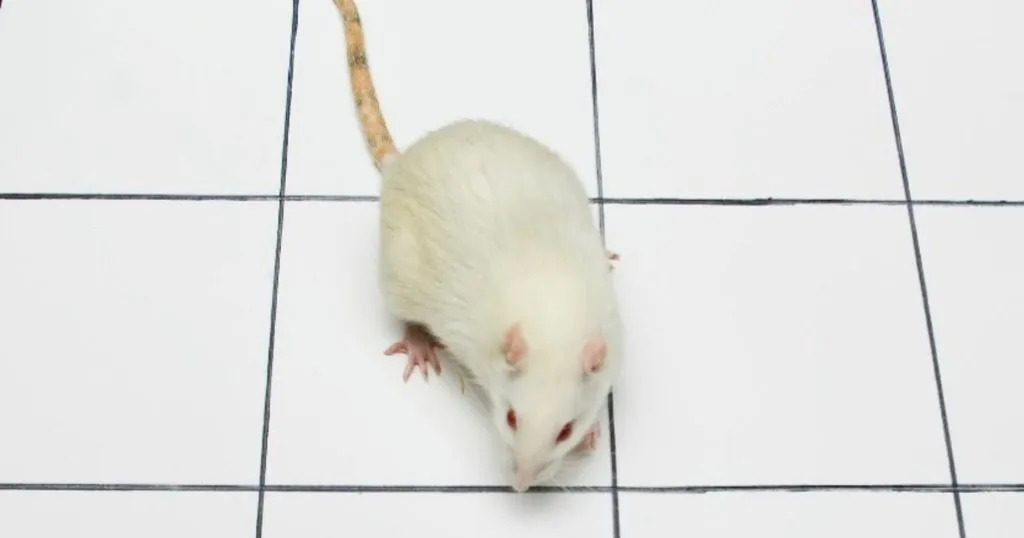Measuring social behavior in mice: the power of EthoVision XT 18
Traditional behavioral assays often rely on manual or rudimentary methods. With EthoVision XT 18 the world of measuring social behavior in rodents has been revolutionized. With this tracking software you can easily track up to two animals simultaneously
Posted by
Published on
Tue 08 Apr. 2025
Topics
| EthoVision XT | Mice | PhenoTyper | Rats | Social Behavior Research | Methods And Techniques |
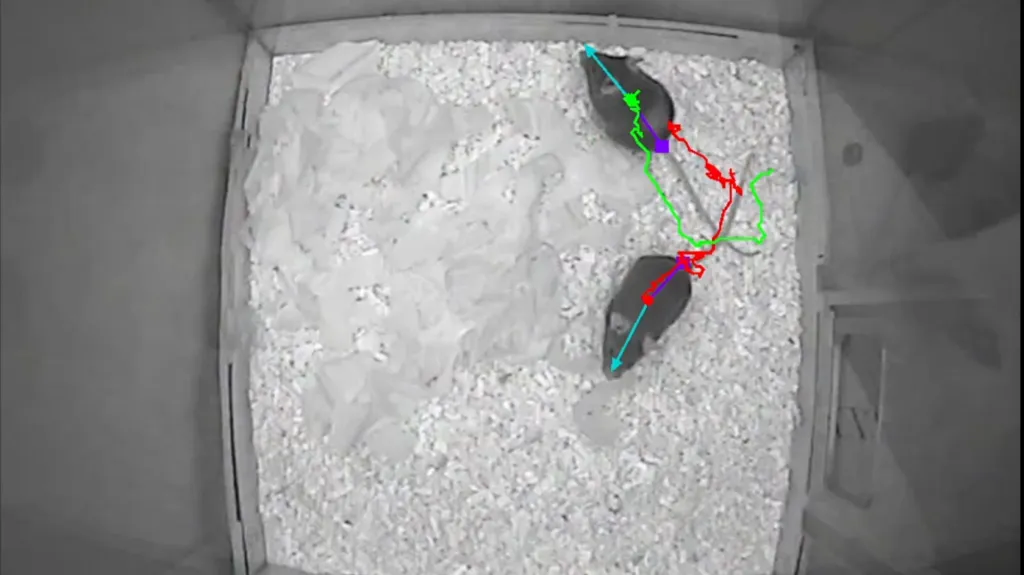
In behavioral neuroscience, understanding social interactions in rodents is key
to unlocking insights into neurodevelopmental and psychiatric disorders. Traditional behavioral assays often
rely on manual observations or rudimentary tracking systems that fail to capture the nuances of complex social
interactions.
However, with the latest advancements in EthoVision XT 18, powered by Noldus’ advanced deep learning algorithms, researchers can now analyze social behaviors with unprecedented accuracy and efficiency. This advancement takes your behavioral research to the next level by capturing spontaneous, naturalistic behaviors in stress-free conditions.
EthoVision XT 18 is the only commercially available system that does everything you could want, seamlessly and easily, without compromising animal welfare.
The importance of measuring social behavior
Social behavior is a fundamental aspect of neuroscience research. It plays a
crucial role in the study of conditions such as autism spectrum disorders, schizophrenia, and anxiety-related
disorders.
Observing social interactions like grooming, chasing, and huddling provides invaluable insights into brain function and dysfunction. By evaluating behavior in a social setting rather than isolation, researchers can assess how genetic, pharmacological, or environmental factors influence these critical interactions.
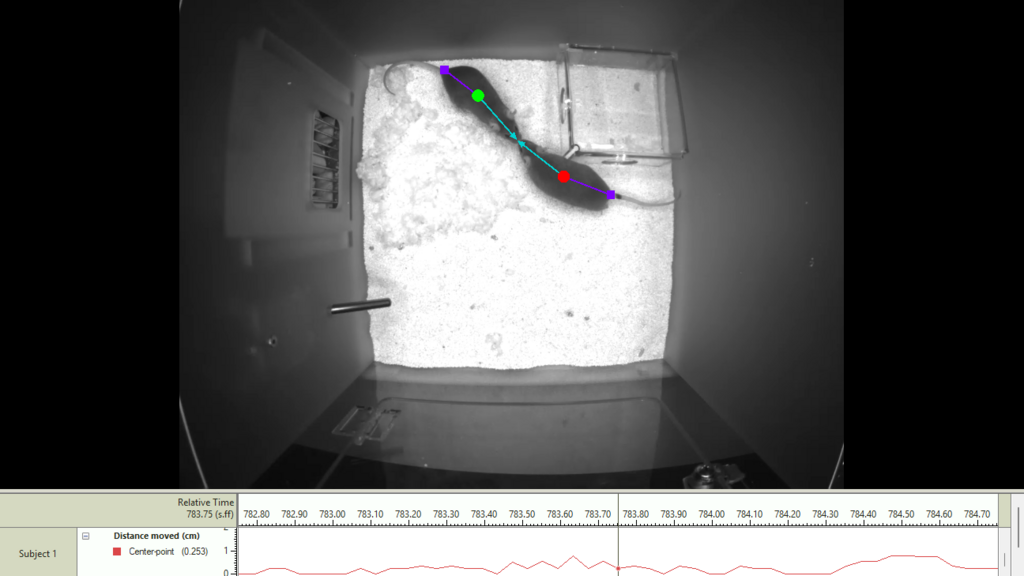
A growing trend in behavioral neuroscience
In recent years, there has been a growing trend toward obtaining more
ethologically relevant behavioral data. Researchers are moving away from artificial experimental setups and
placing greater emphasis on studying animals in environments that closely resemble their natural
conditions.
This shift is accompanied by a focus on improving housing and handling practices to ensure minimal stress and maximal validity of behavioral data. By designing studies with these principles in mind, researchers can collect more accurate, translationally relevant data that better reflects real-world behavior in both animals and humans.
EthoVision XT: a revolution in social behavior tracking
Noldus’ EthoVision XT has long been the gold standard in video tracking software, but version 18 represents a major breakthrough. With its enhanced deep learning algorithms EthoVision XT 18 introduces several key improvements:
- Accurate tracking with minimal intervention: Unlike traditional tracking methods that require colored markers, EthoVision XT 18 can accurately track two animals with minimal intervention. Simple physical markers, such as shaving a small section of the animal's back or placing a non-invasive marker on the tail, are sufficient for reliable identification.
- Advanced deep learning tracking for social behavior: EthoVision XT 18 now extends neural network models to social interaction studies, enabling two-subject tracking with improved accuracy. This allows researchers to study complex dynamics like social hierarchies and pair-wise interactions more effectively.
- Robust performance in complex conditions: Whether in high-density environments or under varied lighting conditions, EthoVision XT 18’s deep learning engine ensures reliable tracking, making it adaptable to diverse experimental setups.
FREE TRIAL: Try EthoVision XT yourself!
Request a free trial and find out what EthoVision XT can do for your research!
- A cost-effective solution
- Powerful data selection
- Most cited video tracking system
Extending research with home cage monitoring
While traditional open-field arenas provide valuable data, they can introduce artificial constraints that impact the validity of behavioral studies. Home cage(-like) monitoring provides a more ethologically relevant setting, allowing for the continuous observation of natural behaviors over extended periods. When combining EthoVision XT 18 with PhenoTyper 2, researchers benefit from a powerful integrated behavioral system that offers you clear insights into:
Social bonding and group interactions: Without the stress of novel environments, researchers can assess stable social relationships, dominance hierarchies, and affiliative behaviors in freely interacting groups.
Circadian rhythms and sleep patterns: By tracking locomotor activity across light-dark cycles, researchers gain a deeper understanding of sleep-wake behaviors, an essential factor in studies on neurodegenerative diseases and mental health disorders.
Stereotypies and abnormal behaviors: Long-term monitoring increases the likelihood of detecting repetitive behaviors, self-grooming patterns, or aggression, which are crucial indicators in models of autism and obsessive-compulsive disorder.
Cognitive functions in a low-stress environment: Integrating automated cognitive tasks within the home cage allows for the assessment of learning, memory, and decision-making in a setting that minimizes experimenter interference.
A fully integrated research powerhouse
The combination of EthoVision XT 18 and PhenoTyper 2 provides a robust and well-integrated platform that streamlines behavioral studies, making data collection more efficient and reliable for preclinical research.
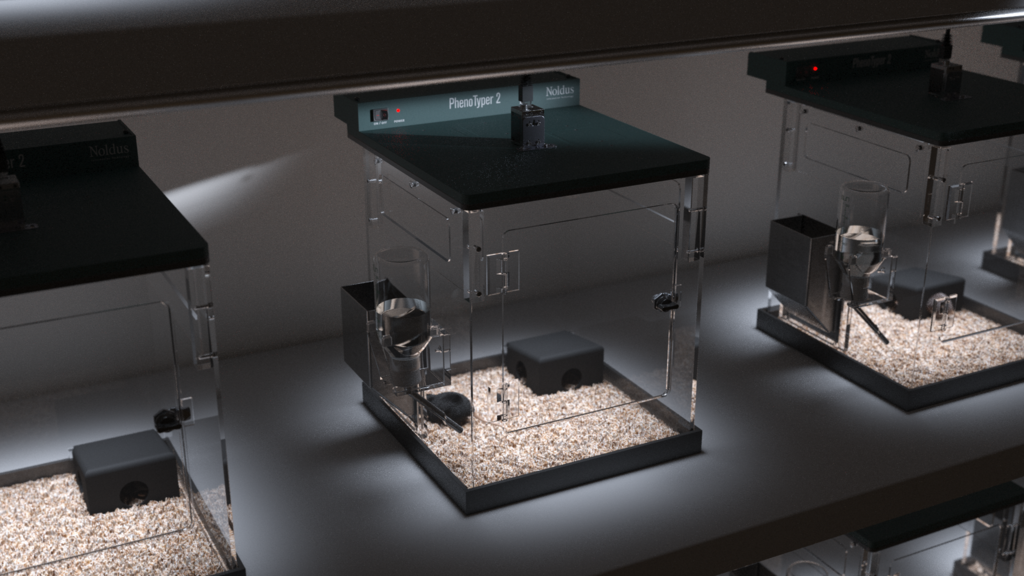
Implications for preclinical research
The integration of deep learning-powered tracking with home cage(-like) monitoring directly addresses some of the most pressing challenges in preclinical research:
- Reducing stress-induced variability: Traditional behavioral assessments require handling, which can introduce stress and confound results. By monitoring animals in their home environment, EthoVision XT 18 eliminates this factor, ensuring more reliable data.
- Enhancing study efficiency and scalability: Manual observation is time-consuming and subjective. EthoVision XT 18 automates tracking and analysis, allowing researchers to scale up studies and collect more data in less time.
- Providing continuous, real-time insights: Many neurological disorders develop gradually. With continuous monitoring over extended periods, researchers can detect subtle behavioral shifts that would otherwise be missed in short-term studies.
- Delivering more translatable results: Behavioral data collected in a naturalistic setting better reflects real-world conditions, improving the translational value of findings to human applications.
- Eliminating human scoring errors: Subjective behavioral scoring is prone to inconsistencies. EthoVision XT 18’s deep learning-based tracking standardizes measurements, ensuring consistency across experiments.
Conclusion
EthoVision XT 18 is not just another tracking system, it is designed to address
the real challenges behavioral researchers face today. With over 30 years of experience, Noldus has built
solutions from the ground up, guided by validated data and continuous research
input.
By integrating advanced deep learning capabilities with home-cage monitoring in the PhenoTyper 2, we provide a powerful platform for collecting high-quality, short- and long-term behavioral data with minimal intervention. Refining experimental methodology and accelerating breakthroughs in neuroscience, ultimately leading to more effective treatments for neuropsychiatric disorders.
Ready to see how EthoVision XT 18 can improve your research? Contact us today for a demo or visit noldus.com/ethovision-xt to explore how we can help you improve your behavioral research.
Related Posts
Understanding mouse social interaction using objective measures
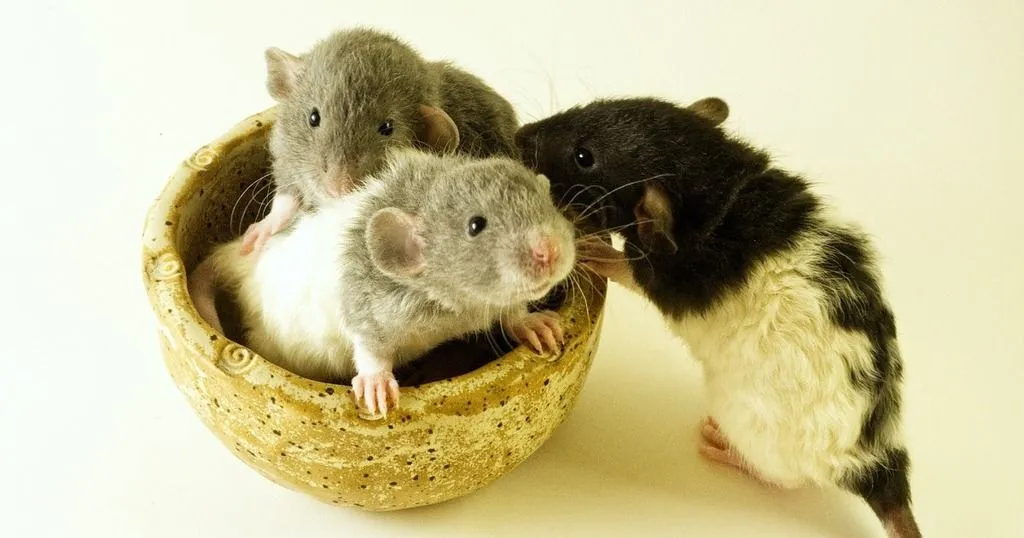
Altruism in rats, suspiciously human
